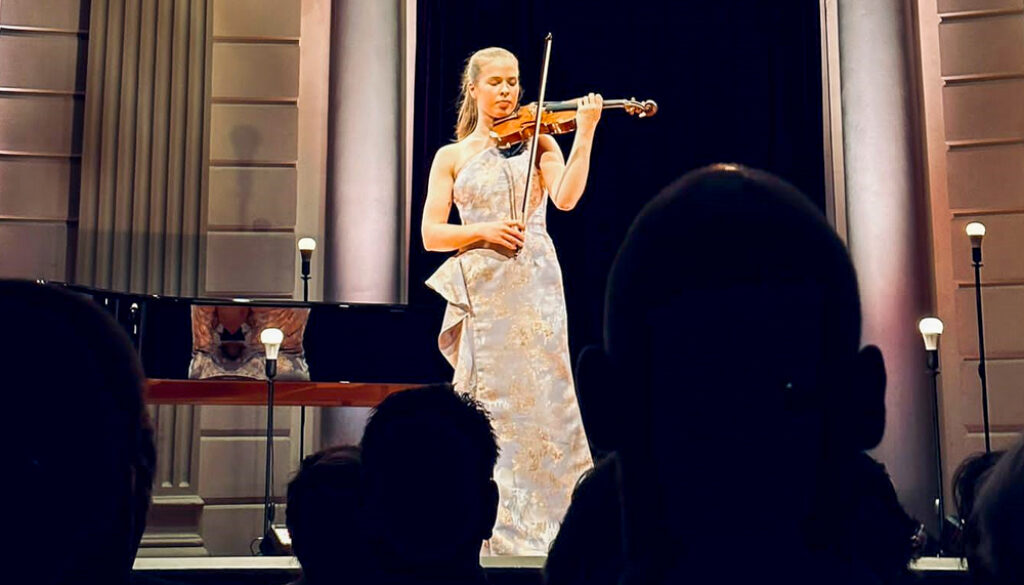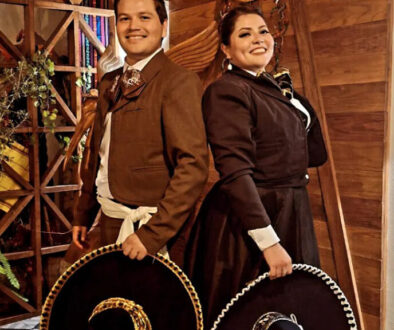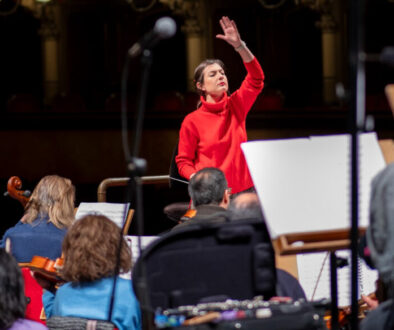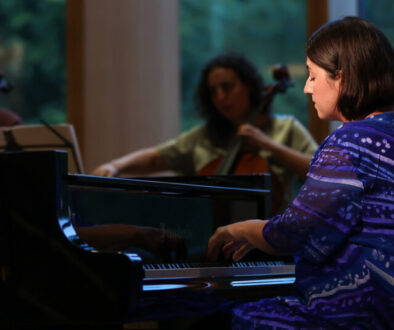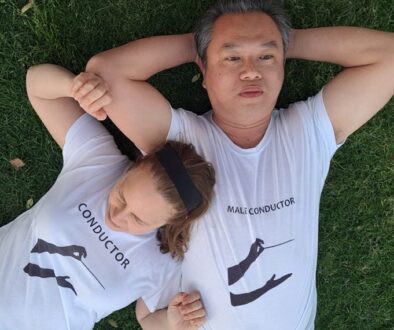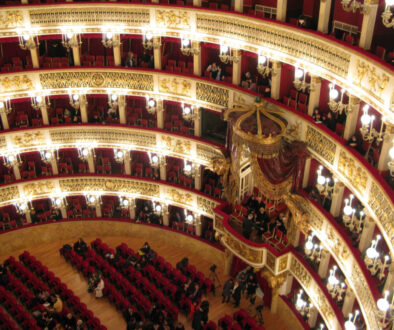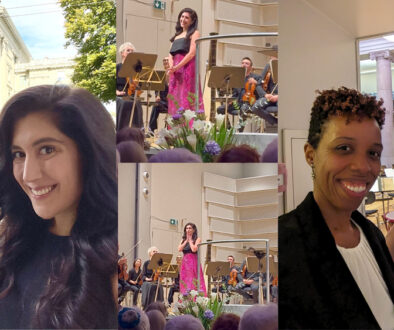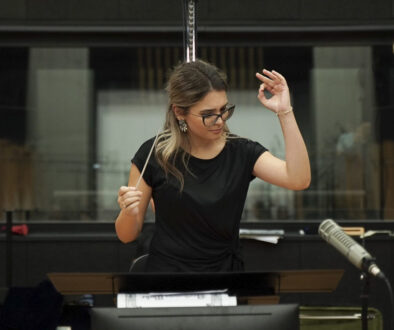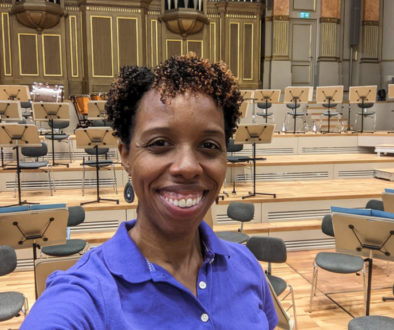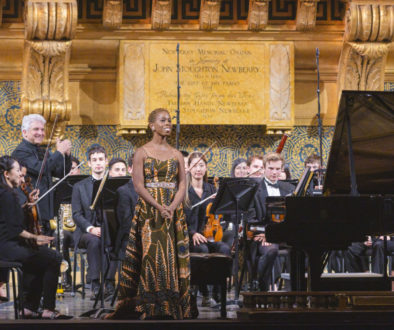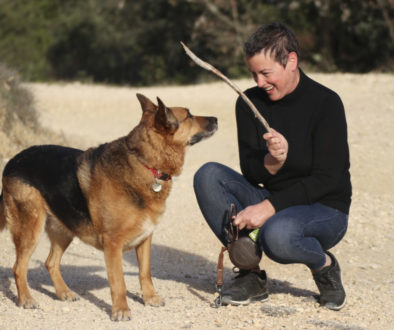Three young masters
The year 2023 was one of extraordinary success for the young Dutch violinist Hawijch Elders. The 1st prize at the International Henri Marteau Competition was followed by the 4th prize at one of the most prestigious and highly competitive violin competitions worldwide, the Paganini Competition.
Hawijch Elders recently gave a recital at the Concertgebouw Amsterdam. Here is the concert review by Willem Boone in “De Nieuwe Muze”, translated from Dutch:
Three young masters: Hawijch Elders, Florian Verweij and Aleksey Shadrin
You just have to have the courage to do it: to begin a concert with one of the most masterful compositions ever written: Bach’s Chaconne from the Second Partita in D BWV 1004. It’s daunting, but you immediately „get“ the best part of the evening. Fortunately, the young violinist Hawijch Elders did not suffer from cold feet, and admirably she got right to the essence of Bach’s sublime notes. Her intonation was precise, and her tone was deep and intense. But even more impressive was her ability to span a great arc that allowed the climaxes to organically line up with each other. While playing, she is a model of concentration: she stands calmly and fortunately does not „sway“ back and forth as Janine Jansen frequently does. She has the ability to involve you directly in her compelling spiel, leaving you to pay attention only to the music. This made other issues go unnoticed. One small issue, for example, was the lighting in the hall: they had chosen to put up all sorts of lights on the stage that replaced the „big“ light that normally burns there. When the violinist began to play, you saw her shadow projected three or four times on the walls and ceiling, which, at least visually, produced a rather crowded image. Fortunately, the violinist played so convincingly that in the end, it didn’t matter.
She continued her performance with Ysaÿe’s Sonata in g opus 27 No. 1. Again, she plunged right into the subject matter and played superbly. She had no trouble with the tricky double stops and played the highlights musically, without being apologetic. Even more than with Bach, she allowed her tone to florish. So it certainly wasn’t down to her performance, I just don’t know if I was ready for this music after the Chaconne. As far as I am concerned, she could have continued with music for solo violin by Bach, because in these pieces there is never a note too many. Compared to this, Ysaÿe’s music looks somewhat empty to me: lots of notes, but as a whole it hardly convinces me. This was even more true of the Variations on „Nel cor più no mi sento“ by Paganini, also for solo violin. Here a whole arsenal of violin techniques passed by: spiccati, glissandi, pizzicati. Considerably less has been written for solo violin than for solo piano, and, understandably, a musician in a solo recital would want to illuminate several sides. In any case, it must be technically rewarding to play these Variations, and Elders again did so with extreme musicality: she granted grace to the notes where she could, and her virtuosity remained credible. But what trivial music after Bach’s Chaconne! It might have been an idea to play this piece at the end. Although Ysaÿe or Paganini at the beginning of a concert can be rather heavy, there would have been a musical climax.
After intermission, she was joined by the no less talented pianist Florian Verweij in little known pieces by Sibelius, first of all the Novelette opus 102. The ensemble playing was perfect, and Verweij’s murmuring accompaniment was beautiful. This was followed by Mazurka and Rondino from Five pieces for violin and piano opus 81, salon pieces that were rather atypical of Sibelius: not earth-shattering, but they were played with refinement. Two more of the Humoresques opus 87 followed, originally written for violin and orchestra. Here the musical language of the Finnish composer was already more recognizable: in the Humoreske in D major the fire flared up. Elders should play Sibelius‘ famous Violin Concerto in the Netherlands soon!
The concert had started sublimely and ended similarly with Dvorak’s Dumky trio, his fourth piano trio in E opus 90, based on Czech dances („Dumky“ is the plural of „Dumka“). Certainly, after the Beaux Arts Trio stopped performing, there are hardly any regular piano trios that visit Amsterdam anymore, and as a result, you hear the repertoire for piano trio only sporadically in the concert hall, or it would have to be – as during this performance – by an occasional trio and or during a concert by the Busch Trio of Mathieu van Bellen and the Epstein brothers, which fortunately can still be heard regularly.
It was therefore all the more gratifying to hear this masterpiece again. They were joined by Ukrainian cellist Aleksey Shadrin, who stood out with his great tone immediately upon entering the Lento maestoso. Elders played her part brightly, and Verweij deserves credit for the way he guarded the balance in this tricky combination. Even with the grand piano fully opened, he did not overpower. The way he played the chords of the Poco adagio (reminiscent of a harmonium) gave direction to the performance. Wonderful was the way Elders played the questioning motifs in the Andante moderato, accompanied by the robust cello. Equally beautiful was the way she played the poignant solo in the Lento maestoso, about which Menahem Pressler once said at a master class that it reminded him of „a Jew lamenting and no one could do that better than a Jew”. In the concluding Vivace, Verweij guarded the pulse, and the musicians exuberantly concluded their performance.
Here the original review: published on De Nieuwe Muze on November 5, 2023.

